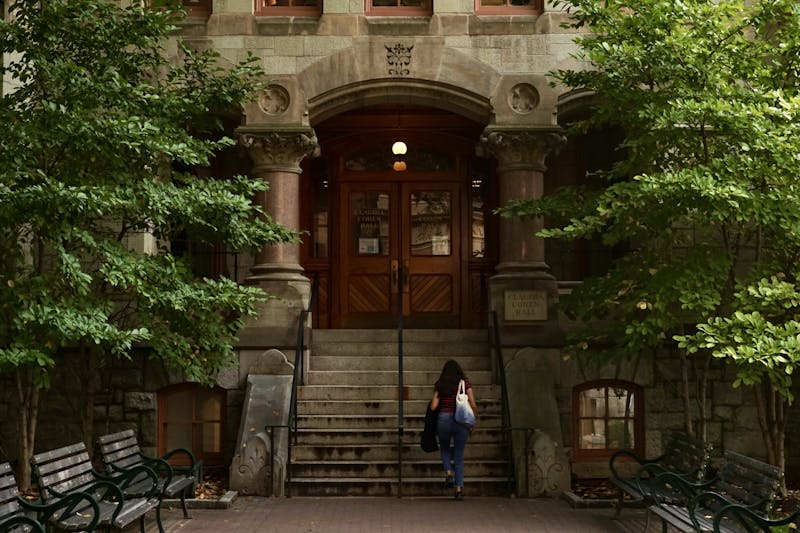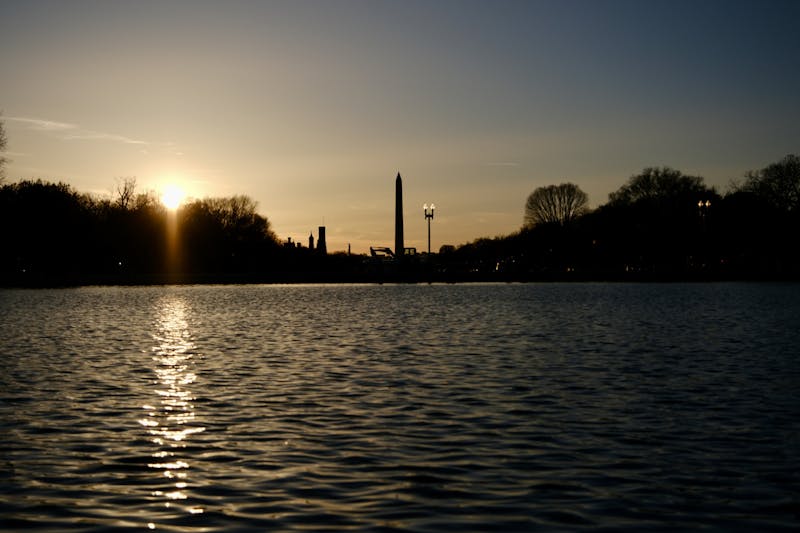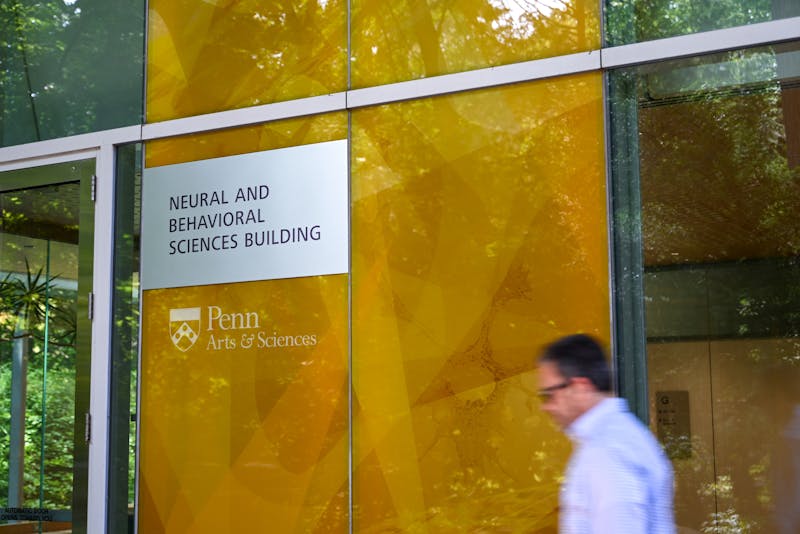
As its first birthday approaches, administrators of the Left Bank apartment and retail complex can reflect on what has been mostly success during its first year on the eastern edge of campus.
After opening last Jan. 31 at 3131 Walnut Street, the Left Bank has already achieved a high occupancy rate of 90 percent in its 282 luxury units. Two retail units -- Picnic, a catering and take-out establishment, and VOG hair salon -- have already opened on the building's ground floor, as well.
The complex's developers hoped that the Left Bank would provide a bridge between Center City and University City and become a haven for young professionals and area graduate students. And while there are some complaints about Left Bank prices, the consensus is that developers achieved what they set out to do.
Carl Dranoff, whose Dranoff Properties helped develop the Left Bank in conjunction with the University, had nothing but praise for the complex.
"Since we opened in January, it's been a smashing success," Dranoff said. The Left Bank "has leased exceptionally well."
Located at the foot of the Walnut Street bridge, the Left Bank is close to the Penn campus, the Drexel campus and Center City. Recognizing the complex's proximity to all of these major hubs, Dranoff Properties has been trying to lure Center City residents to the Left Bank in addition to University City residents.
"We've bridged the gap," Dranoff said. "The Left Bank has transformed that divide between University City and Center City."
According to Anthony Sorrentino, both a Left Bank resident and Penn's marketing manager for business development, the building's residents are a good mix of young professionals, graduate students, faculty and staff from area universities.
"There are a lot of consultants who live at the Left Bank who work from home," added Sorrentino, who is also a part-time Urban Planning graduate student at Penn. "Since it is such a short walk to 30th Street Station, and the airport is a 30-minute drive on the Schuylkill, which is right next to the apartments, it's really convenient."
Hahnemann University graduate student Tara McGuire likes living in the Left Bank not only for its convenience, but also for its amenities.
"It's a stone's throw from Center City which is great," McGuire said. "It's well-managed, clean, has good security and great facilities."
However, some Penn students feel that the University should have used the same resources which it devoted to the Left Bank to instead create something geared more toward a student's budget.
"Making something that was really nice but more economical would have been much more practical," said Wharton freshman Blake Barnett, one of the few undergraduates considering the Left Bank for housing. "But I guess you have to pay the price for living in a nice apartment but still being able to walk to class."
And McGuire said that her apartment is not cheap.
"It's definitely not priced for undergraduates, but as a graduate student, I can handle the price," McGuire said. "And it's definitely worth it."
Though University officials know that the Left Bank is not priced for undergraduate students, they stress that the purpose of creating the Left Bank was to create attractive housing that was close to campus for University faculty and staff.
The Left Bank "is in a pricier market targeting faculty and staff," Executive Vice President John Fry said.
Fry then added that "The strategy is to get more Penn affiliates to live on campus."
And Vice President of Facilities and Real Estate Services Omar Blaik said that, "We are also targeting [faculty and staff] who live in Center City and commuted here."
Originally an A&P; Grocery warehouse, the Left Bank was acquired by Penn in 1996 mainly because administrators thought the abandoned warehouse posed safety risks.
"The building and area was turning into a deteriorated property," Fry said. "Especially at that time, we didn't want any blight."
Dranoff's assessment of the site of the Left Bank five years ago was much the same.
The warehouse "was a prime candidate for the wrecking ball," Dranoff said.
However, according to Dranoff, neither University President Judith Rodin nor Fry had any intentions of tearing down the warehouse.
"President Rodin and Vice President Fry had a vision," Dranoff said. "They wanted University City to be to Philadelphia what Cambridge is to Boston. The Left Bank was created to be world-class living and pull people from other parts of Philadelphia into University City."
The Daily Pennsylvanian is an independent, student-run newspaper. Please consider making a donation to support the coverage that shapes the University. Your generosity ensures a future of strong journalism at Penn.
DonatePlease note All comments are eligible for publication in The Daily Pennsylvanian.







